By Dan Buckler, DNR Urban Forest Assessment Specialist
Daniel.Buckler@wisconsin.gov or 608-445-4578
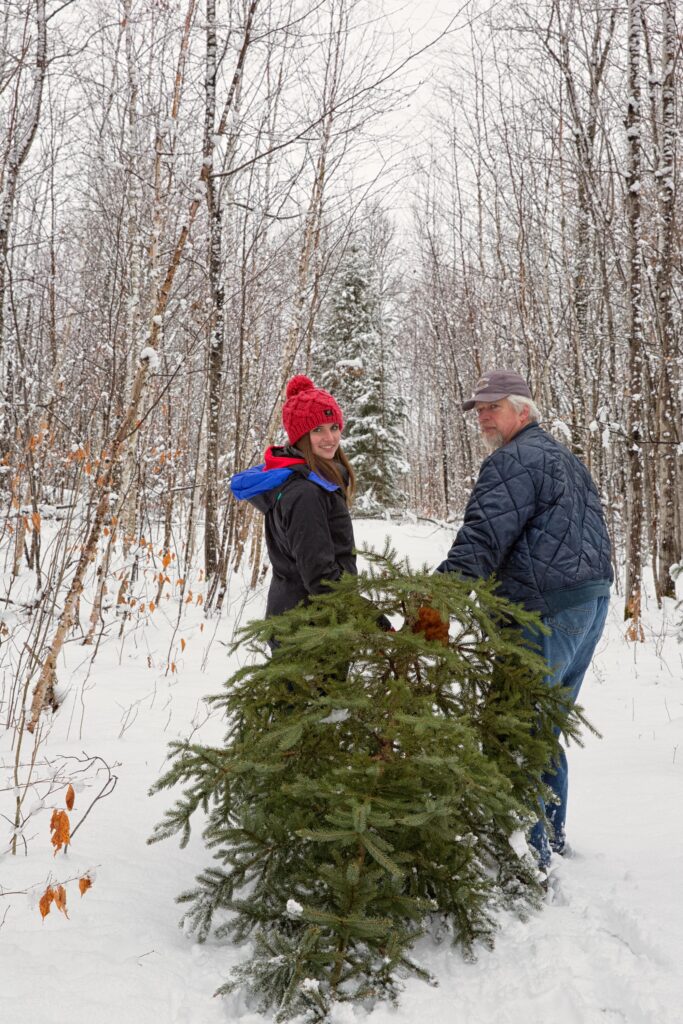 To say that working on a Christmas tree farm in high school led me into forestry would be a case of significant historical revisionism. Still, that experience swam in the same waters as reading Lord of the Rings, going on family vacations to the mountains, having a nearby municipal forest and other things that showed me that trees were the way.
To say that working on a Christmas tree farm in high school led me into forestry would be a case of significant historical revisionism. Still, that experience swam in the same waters as reading Lord of the Rings, going on family vacations to the mountains, having a nearby municipal forest and other things that showed me that trees were the way.
Since then, I have increasingly appreciated holiday trees and other green things brought into households, not (just) in the harbinger-of-gifts way, but as reminders of life against a cold, seemingly bleak background. “Things will get better,” these green things announce. “Just wait!” Continue reading “Repurpose Your Holiday Tree!”

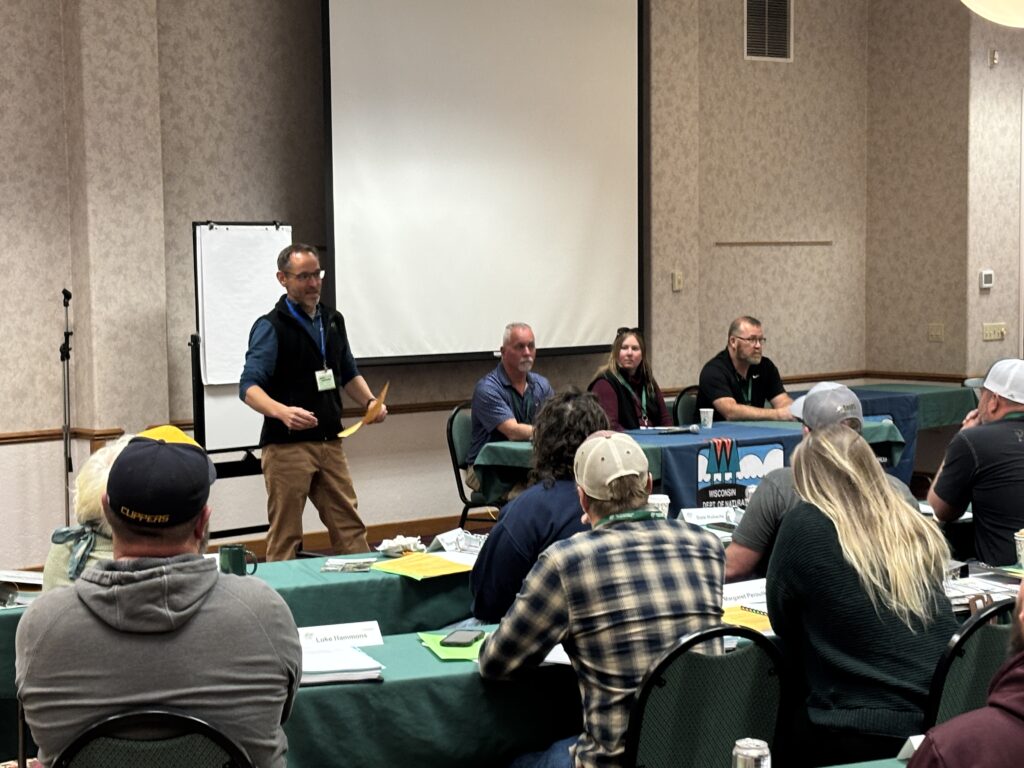 *These training opportunities are provided as an information service only and do not constitute an endorsement from the Wisconsin Department of Natural Resources (DNR).
*These training opportunities are provided as an information service only and do not constitute an endorsement from the Wisconsin Department of Natural Resources (DNR).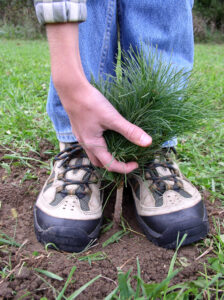
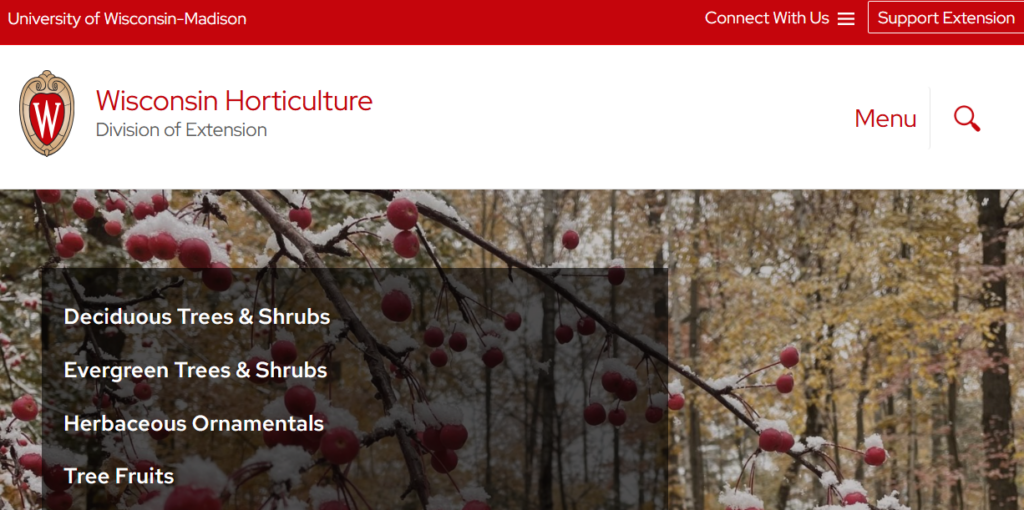 Reliable and up-to-date research-based information is vital for tree care professionals and urban foresters to make sound, scientific management decisions. To make trusted resources more accessible, UW-Extension’s
Reliable and up-to-date research-based information is vital for tree care professionals and urban foresters to make sound, scientific management decisions. To make trusted resources more accessible, UW-Extension’s 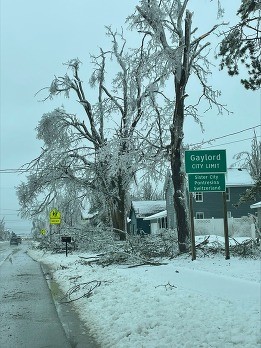
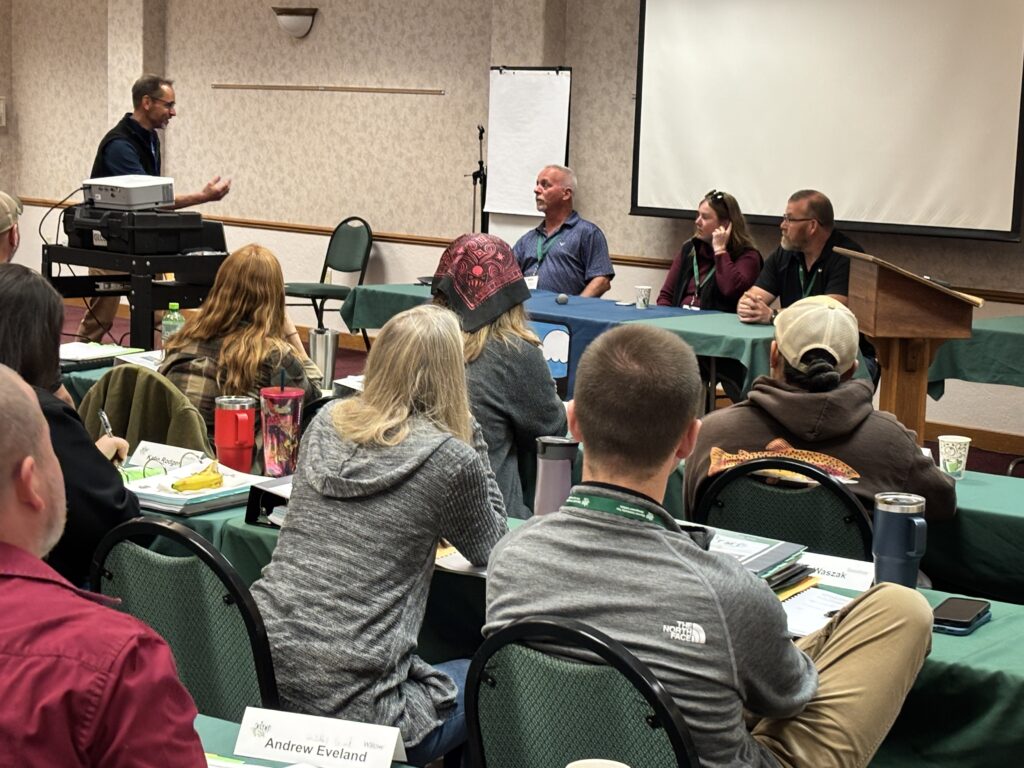 *These training opportunities are provided as an information service only and do not constitute an endorsement from the Wisconsin Department of Natural Resources (DNR).
*These training opportunities are provided as an information service only and do not constitute an endorsement from the Wisconsin Department of Natural Resources (DNR).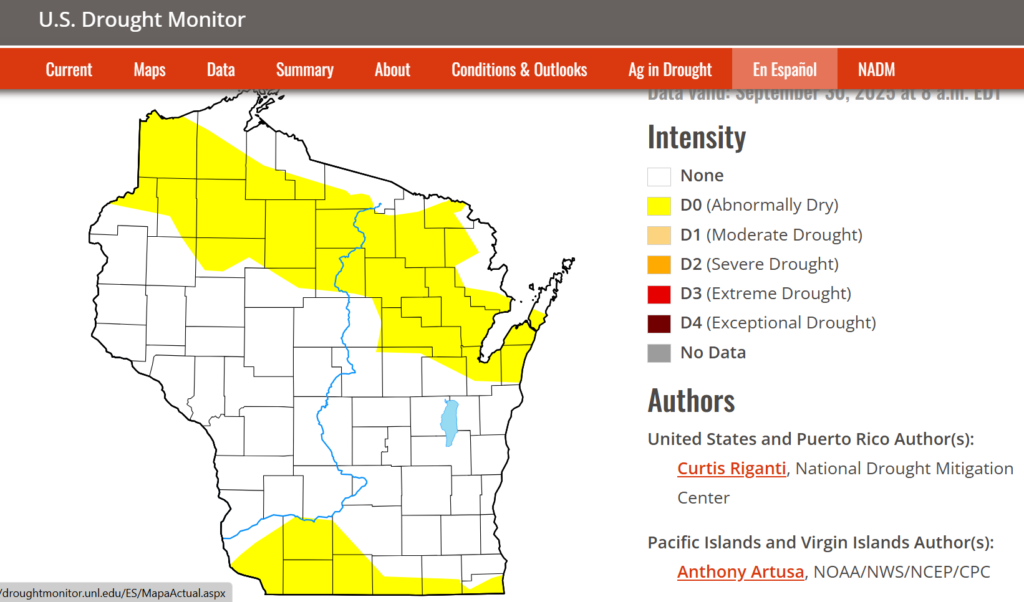
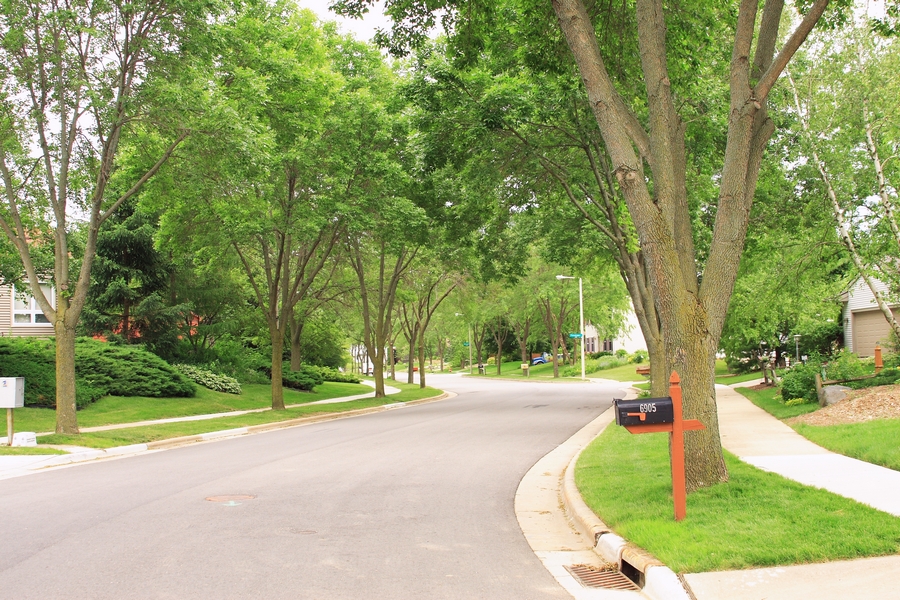 Are you responsible for tree care in your community? If so, please complete this
Are you responsible for tree care in your community? If so, please complete this 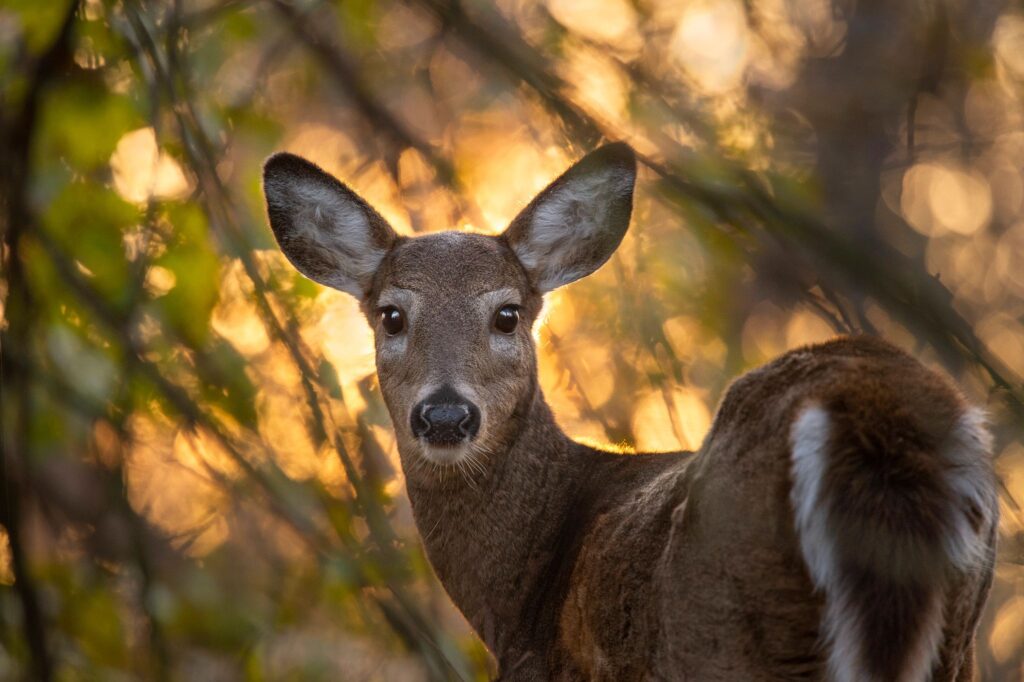 Urban Wildlife Damage Abatement and Control grants help urban areas develop wildlife plans, implement specific damage abatement and/or control measures for white-tailed deer and/or Canada geese. They are available to any town, city, village, county or tribal government with a population density of not less than 125 persons per square mile. This grant provides a 50% cost share up to $5,000 for eligible costs. The application deadline is Dec. 1.
Urban Wildlife Damage Abatement and Control grants help urban areas develop wildlife plans, implement specific damage abatement and/or control measures for white-tailed deer and/or Canada geese. They are available to any town, city, village, county or tribal government with a population density of not less than 125 persons per square mile. This grant provides a 50% cost share up to $5,000 for eligible costs. The application deadline is Dec. 1. *These training opportunities are provided as an information service only and do not constitute an endorsement from the Wisconsin Department of Natural Resources (DNR).
*These training opportunities are provided as an information service only and do not constitute an endorsement from the Wisconsin Department of Natural Resources (DNR).